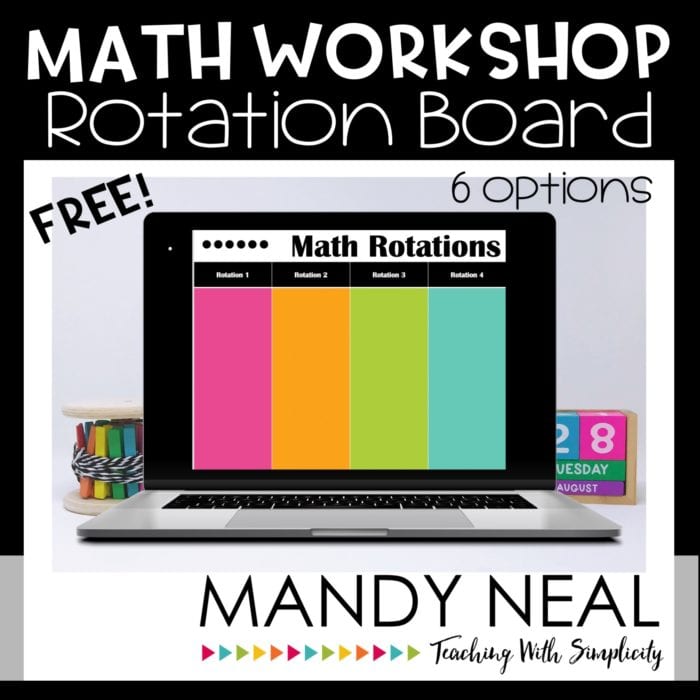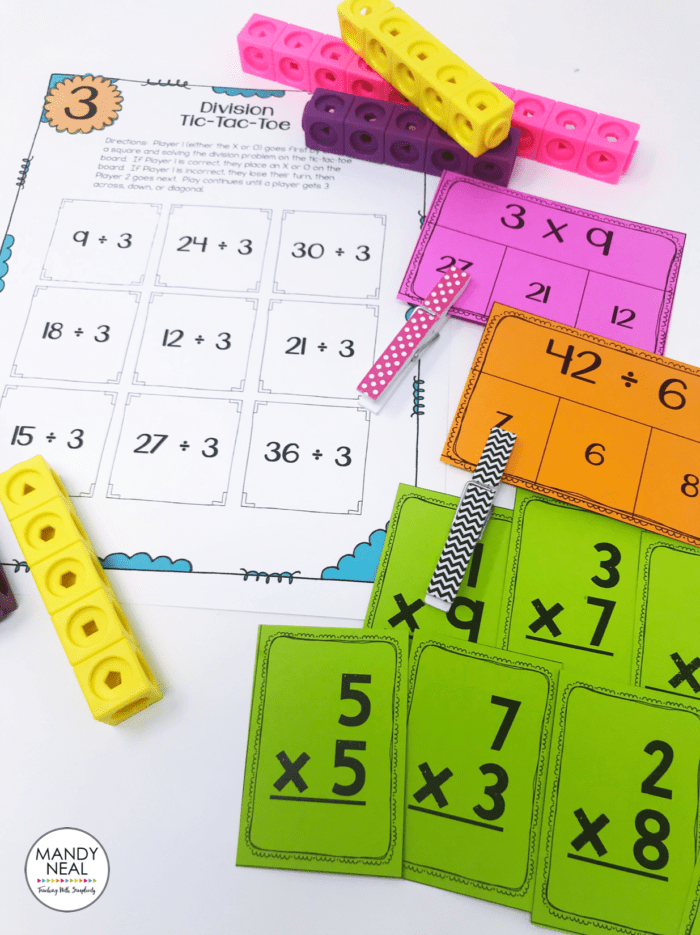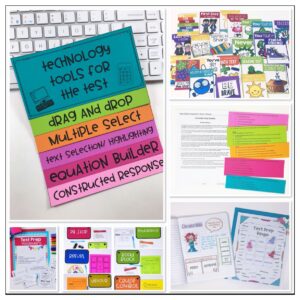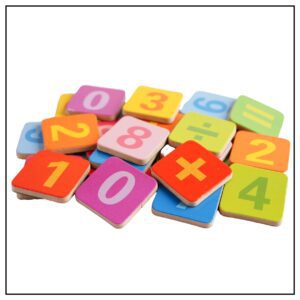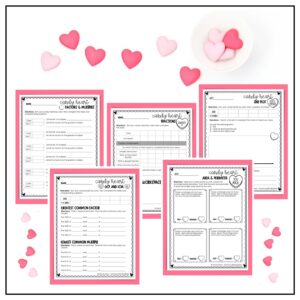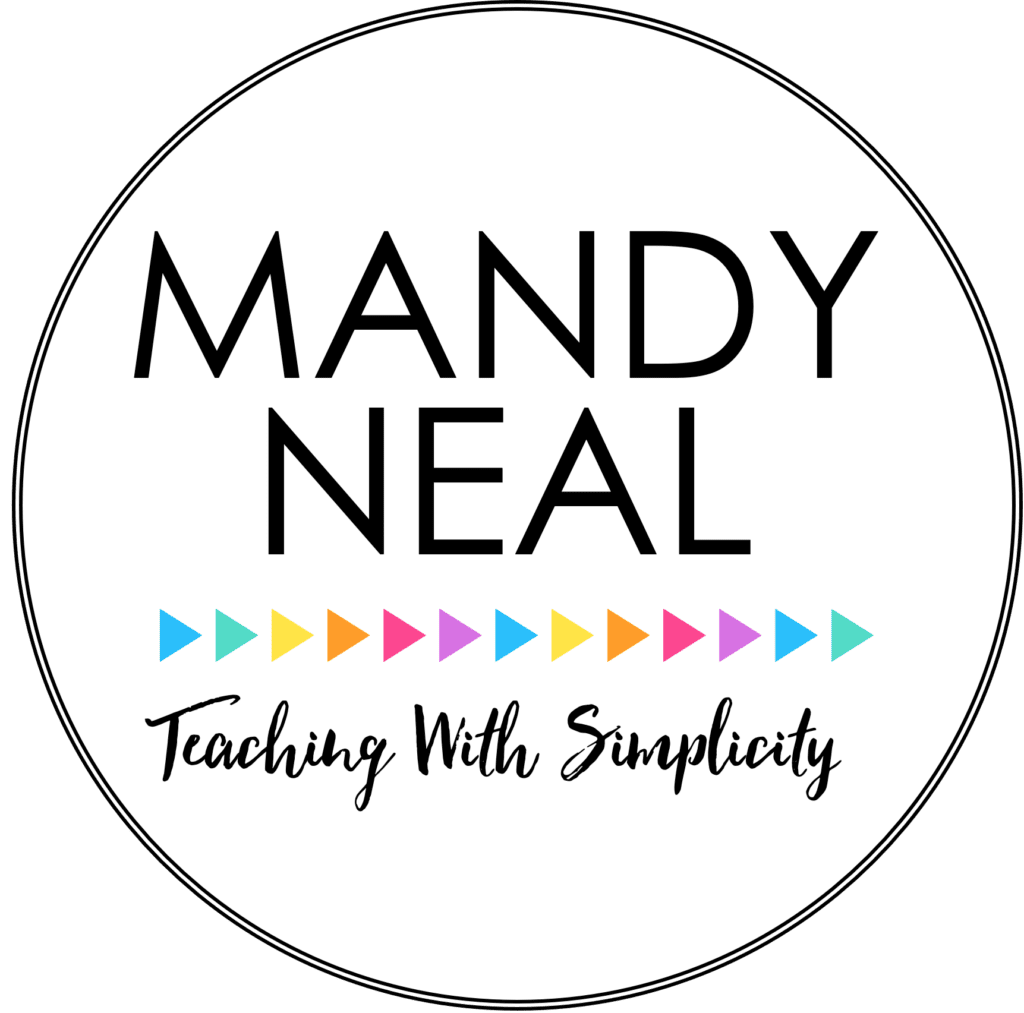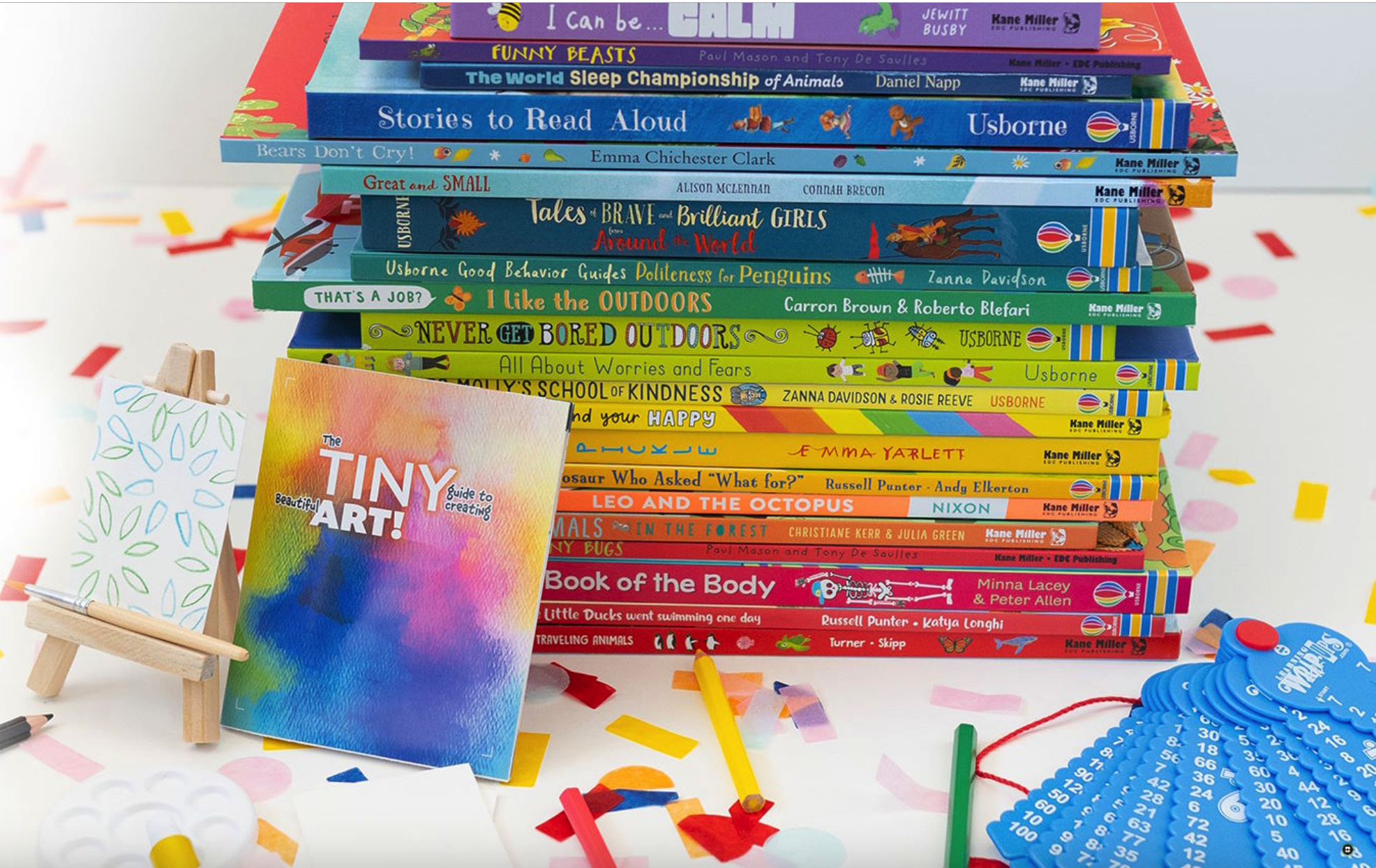I’ve been asked many times if I use math centers in the upper elementary classroom. My answer, YES! The only catch is we don’t call them centers we call them rotations, others may call them stations. Either way, it’s all the same. Here is how I use them in the upper elementary classroom.
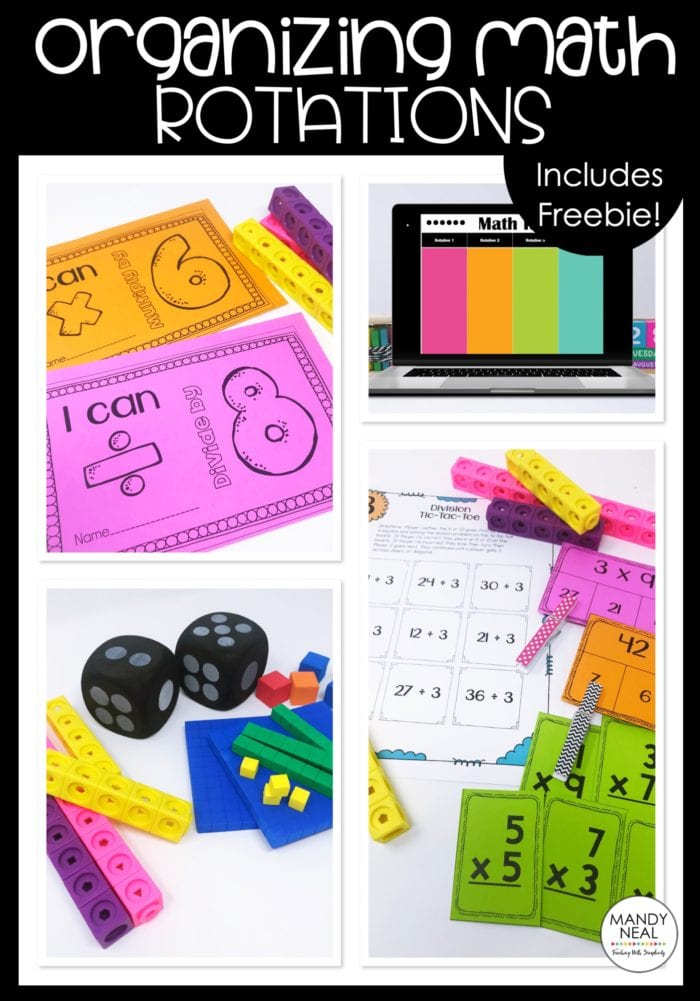
How to determine how many groups you need
When deciding how many rotations I begin by looking at the size of my class. I want my small groups to have no more than six students in one group.
Length of rotations
The length of the rotations will depend on how much time you have available. My math mini-lesson always takes place before rotations. I typically have about 45 minutes available. So, with four groups, each rotation is approximately 10 minutes leaving time for transitioning.
There may be days that I don’t have students complete all rotations. If that happens, I simply adjust the time accordingly.
Determining who is in what group
My groups are organized by the need of each individual student at that time. My groups are never stagnated, yet students are moving in and out of groups as needed depending on the skill that we are working on.
Types of Rotations
1. Meet With Teacher
Many teachers only meet with groups that they feel need additional assistance. I like to meet with every single group every day, even the students that don’t need a lot of support. It gives me a chance to see every student’s strengths and weaknesses. It also allows me to challenge the group that can do things on their own.
2. All About the Facts
All About the Facts is a rotation where students are practicing basic facts by playing games with peers in their group. I change the games out about every week, so students don’t get bored. The other rotations I include are technology and hands-on math practice.
Take a look at the Multiplication and Divison Toolkit HERE.
3. Technology
This is where my students are using technology to support what they are learning in the classroom. Activities include online math games, adaptive practice, math center, and task cards.
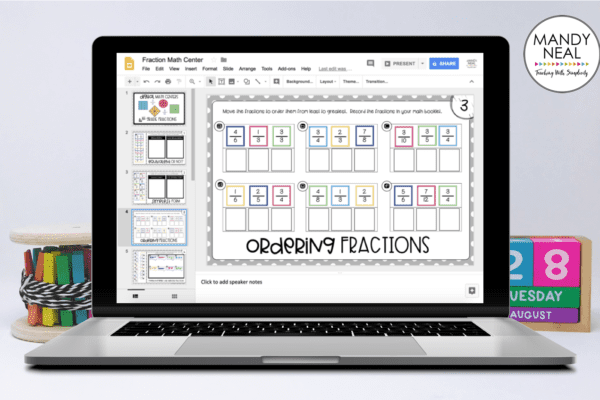
Digital & Printable Math Centers
Digital & Printable Task Cards
4. Hands-on
This is usually something that I want them to practice on independently. This may include a practice page or an exit slip and includes manipulatives for students to use if needed.
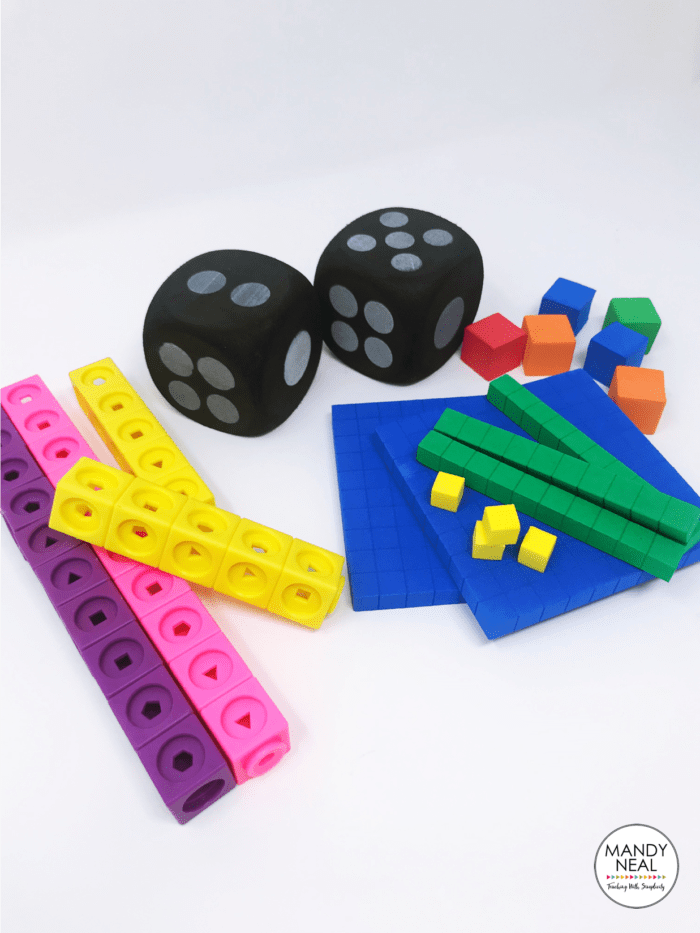
HERE are my favorite math manipulatives!
There are times, especially with students that are above level, when they may finish early. In those instances, students are given math enrichment and/or a variety of math extension activities. One of my students’ favorites is The Equation Station!
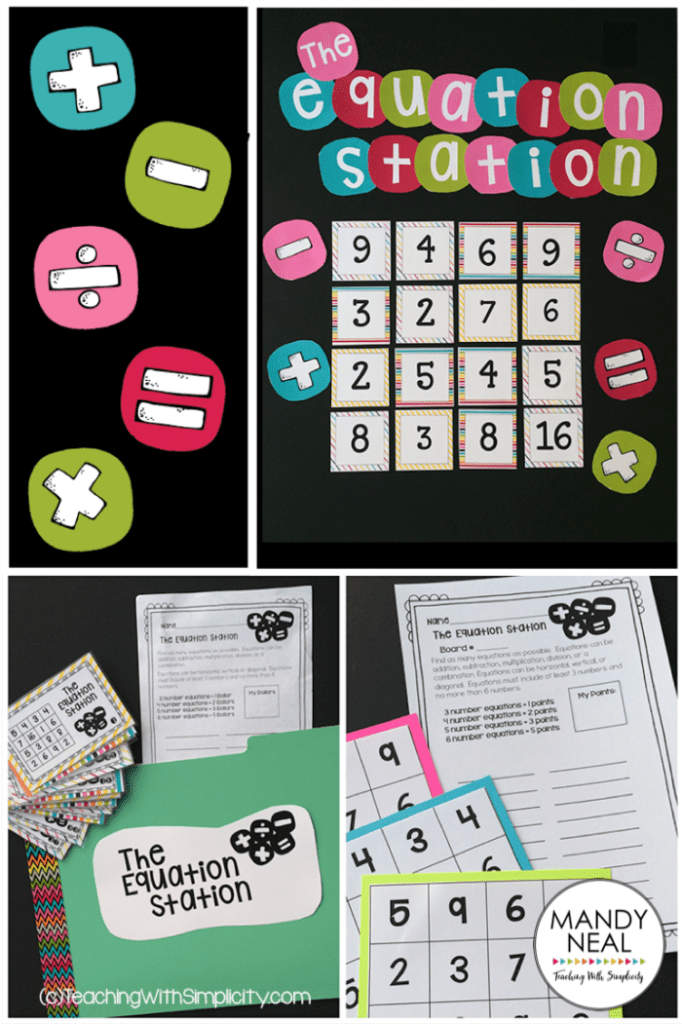
To get you organized with your own math rotations, you can grab the FREE digital rotation board below.
